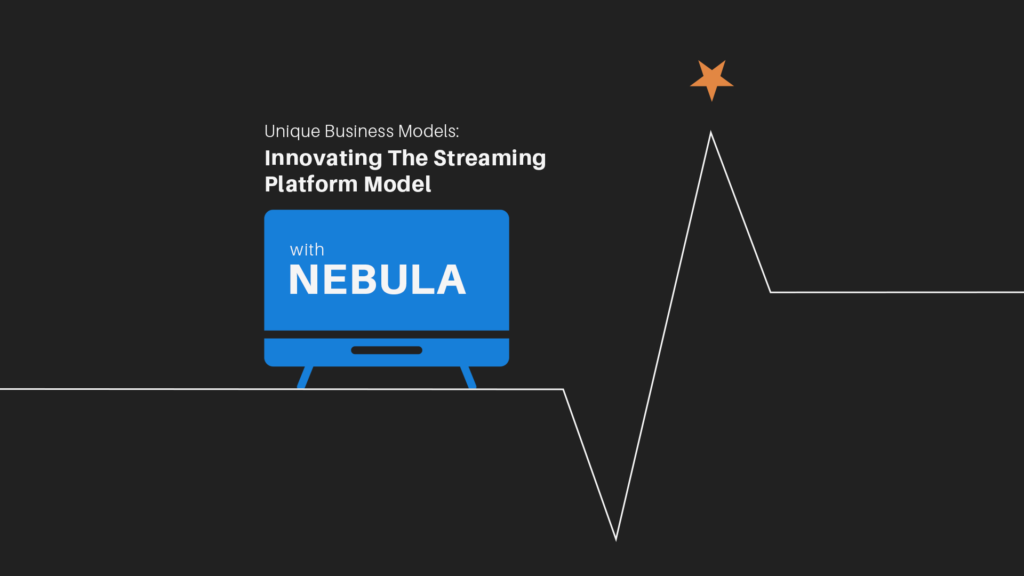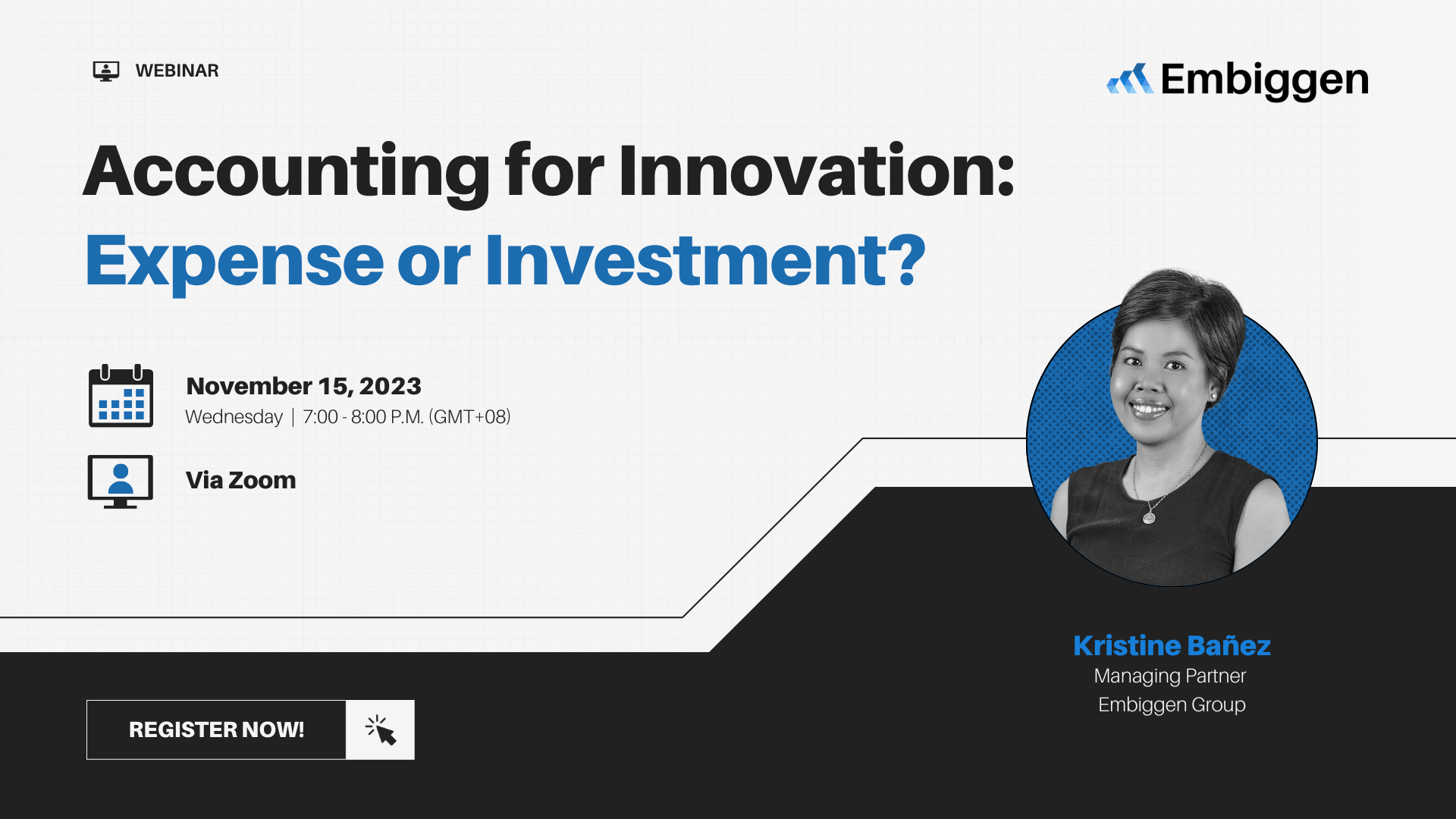Think you can grow a $100,000 minimum viable product into a $150 million business? Nebula did it – without any venture capital funding.
In just 4 years, the innovative video-streaming platform grew from around 4000 subscribers to over 600,000 paying subscribers. While on the surface, it may look like any other streaming platform with exclusive content, an ad-free watching experience, and a huge catalog of shows, Nebula’s inner workings are what sets it apart from the rest.
So how exactly is Nebula different than the video-on-demand streaming platform giants we use? Sam Denby from Wendover Productions revealed in a video how he, and several other creators, launched Nebula.
Nebula: A Creator-Owned VOD Streaming Platform

Nebula is a video-on-demand streaming platform that former YouTube freelance sponsorship agent Dave Wiskus and many famous YouTubers founded. The platform hosts informational and entertaining mini-documentaries, classes, and podcasts on various topics ranging from geopolitics to movie analyses.
Some of the famous YouTubers who founded the platform include Wendover Productions, CGP Grey, Real Engineering, and Real Life Lore. Today, the group of creators on the platform includes some of the most popular YouTube channels like LegalEagle, Johnny Harris, Extra History, and over 100 other creators.
In an interview with The Verge, Nebula CEO Dave Wiskus compared the platform to being an “expansion pack to YouTube” instead of being a direct YouTube competitor. Why?
Nebula subscribers have access to additional exclusive content made by the YouTube creators they already watch and subscribe to on YouTube. Branded as “Nebula Originals,” these documentary-style videos give YouTubers a chance to create videos on topics they want to cover – topics that may not do as well on YouTube.
Additionally, subscribers can also get advance access to some videos before they’re uploaded to YouTube. One popular TV show that Nebula subscribers get early access to is Jet Lag: The Game – an Amazing Race-style travel competition that sees YouTubers Sam Denby, Ben Doyle, and Adam Chase race each other all across the world accomplishing certain tasks.
Now, all of these make Nebula seem like just like any other on-demand streaming platform. Netflix and Amazon have their own exclusive original shows, just like Nebula. Audiences can just wait for the YouTube release of videos instead of subscribing to the new streaming platform.
But Nebula innovated three key aspects of the regular streaming platform business model to set itself apart from YouTube and other platforms.
How Did Nebula Set Itself Apart From Other Streaming Platforms?

Over the past few years, numerous paid streaming platforms have failed.
CNN+ shut down in April 2022, just one month after Warner Bros. Discovery launched the paid streaming platform. Shortform streaming platform Quibi closed in 2020, just under a year after it launched.
But Nebula managed to stay afloat despite these failures. It has rapidly grown since it started in 2019. Here are three ways it innovated the streaming platform business model:
1. Creators Are Partners Not Service Providers
One of the main problems for creators earning solely through YouTube is that earnings from views are not enough. This is why creators commonly supplement their YouTube income with sponsorships or ad placements on their videos.
Thus, Nebula’s creators wanted to fix this. How?
Nebula proportionally distributes 50% of its profits to the content creators on the platform. Furthermore, the content creators are entitled to half of what the company sells for in the event its owners decide to sell Nebula.
“We developed a system where 50% of Nebula profits were distributed to creators including, crucially, if the platform were to be sold. That means if one day the platform were to sell for, let’s say a billion dollars, the creators would get half of that,” said Denby.
Effectively, Nebula doesn’t treat each creator as just a service provider. The platform sees each creator as a partner in their continued success and growth in the future.
Logically, this makes sense – the platform is nothing without the hard work of its hundreds of creators. Thus, giving each creator a stake in the company’s success is only fair – giving each creator a direct role to play to ensure the future success of Nebula while, at the same time, fairly compensating them for their work.
2. Allows Creators To Earn From Videos That Wouldn’t Perform Well On YouTube
On YouTube, the revenue-generation potential of a certain video is fully in the hands of advertisers and the platform itself. Whether a creator’s hard work translates into revenue is more or less out of their control.
In the past, YouTube demonetized many creators for swearing within the first few seconds of a video and for a variety of other issues – including covering topics on a list that the platform deems as not “advertiser-friendly.”
Videos that cover the topics on this list have a high chance of having limited or no ads – severely limiting the revenue-generation potential of that content, in turn, discouraging creators from creating content on these topics. Thus, videos that touch on or contain violence, inappropriate language, controversial issues, sensitive events, and more will most likely not perform well on YouTube.
But many audiences on YouTube still want to watch content on these topics – leaving a gap in the market. Nebula’s unique profit-sharing model allows creators to continue producing content on these topics – satisfying their audiences while still ensuring that their hard work would result in monetary compensation.
“We have control of how it all runs, and we can produce content that wouldn’t necessarily work on YouTube, like full-on original productions or exclusives, with more of a premium vibe,” said Wiskus in an interview with The Verge.
3. Carved Its Own Niche In The Sea Of Streaming Platforms
Instead of directly competing with other streaming platforms like YouTube, Netflix, and Amazon Prime, Nebula found its spot in the market.
Its value proposition doesn’t lie in the ad-free watching experience or the early access to videos – that’s just YouTube Premium. It lies in the higher-budget content that content creators exclusively release on Nebula.
While that sounds like any other streaming platform like Netflix with its multi-million dollar TV shows and movies, Nebula puts a spin on it. The content on Nebula is mostly educational and informative – with an emphasis on short 20-minute long documentaries to multi-episode long analyses on current issues.
Nebula also has another ace up its sleeve – the millions of followers and subscribers that its content creators already have outside the platform. Unlike Netflix, Amazon Prime, Hulu, and many other streaming platforms that mostly rely on a movie’s or TV show’s name recognition, plenty of Nebula’s creators already had pre-existing audiences.
Of course, a fraction of these subscribers would be willing to pay a few dollars a month to gain access to more content from the creators they love.
A $150 Million Success Story

All of these have created a multi-million dollar success story in a space where dozens of platforms and companies have failed.
Denby shared in a video in 2023 that Nebula has a conservative valuation of around $150 million – an astonishing feat considering that Nebula’s minimum viable product only cost around $100,000 to get up and running in 2019.
From 2019 to the present, a variety of factors led to the booming growth of Nebula.
For starters, early in its growth, it found great synergy with what seemed to be a competing platform. Just a few months after its launch, Nebula started offering a bundle deal with Curiosity Stream – a streaming platform that Discovery Channel founder John Hendriks created.
Denby described Curiosity Stream as a similar platform that also offers non-fiction content but appeals to a “different, complementary market.” The bundle deal, where audiences could get free access to Nebula by subscribing to Curiosity Stream, rocketed Nebula’s subscriber counts.
Needless to say, the 2020 lockdowns further boosted Nebula’s subscriber counts with the rise of demand for video-on-demand platforms. However, there were some failures along the way that helped the platform get to where it is today and show why iteration is important in any innovation and new product-building process.
In early 2022, Nebula began offering paywalled classes that users had to pay extra to access, on top of their regular Nebula subscription fees. But, they offered these classes a little too late as the world was reopening again and the demand for online classes was falling.
Thus, its experiment didn’t perform too well. “The problem was, the concept just wasn’t resonating with customers,” said Denby. So, content creators refocused on creating more Nebula Originals videos and the platform started offering classes at no extra fee for subscribers.
Nebula is also testing new approaches to its marketing campaigns on YouTube. The platform started running ad blocks on content creator videos that have driven even more signups – with plenty of new subscribers opting to pay for their annual subscription on day 1.
The platform doesn’t show any signs of slowing down and it is interesting to see how its innovative business model will revolutionize the video-on-demand streaming space. “We have learned so much so now, we understand what people want and have a company configured to offer that,” concluded Denby.
Get the latest innovation news and exclusive event invites direct to your inbox. Subscribe to our newsletter!
Go On A Deep Dive Into Innovative Business Models With Embiggen
There are plenty more innovations out there, from Netflix’s revolutionary subscription-based pricing model that disrupted the traditional media rental industry to GCash’s innovative way of enabling digital payments and e-wallets in a country with a large unbanked population.
Explore all of these and more with the Embiggen Innovation Institute’s innovation capability development programs.
The Embiggen Innovation Institute (EII) is Embiggen’s innovation learning arm that is making world-class innovation training and education more accessible to Filipinos.
It is the go-to firm for innovation culture development and capability building for top organizations in the Southeast Asian region. EII and its team have built the innovation capability of over 20 organizations and have trained over 1,000 innovators in innovation and innovation management.
It is the exclusive certified training partner in the Philippines of the Global Innovation Management Institute (GIMI), the worldwide innovation standard certification board based in Cambridge, Massachusetts, U.S.A. GIMI has trained over 10,000 innovators including those from Fortune 500 companies.
Learn more about the work that EII does here.


